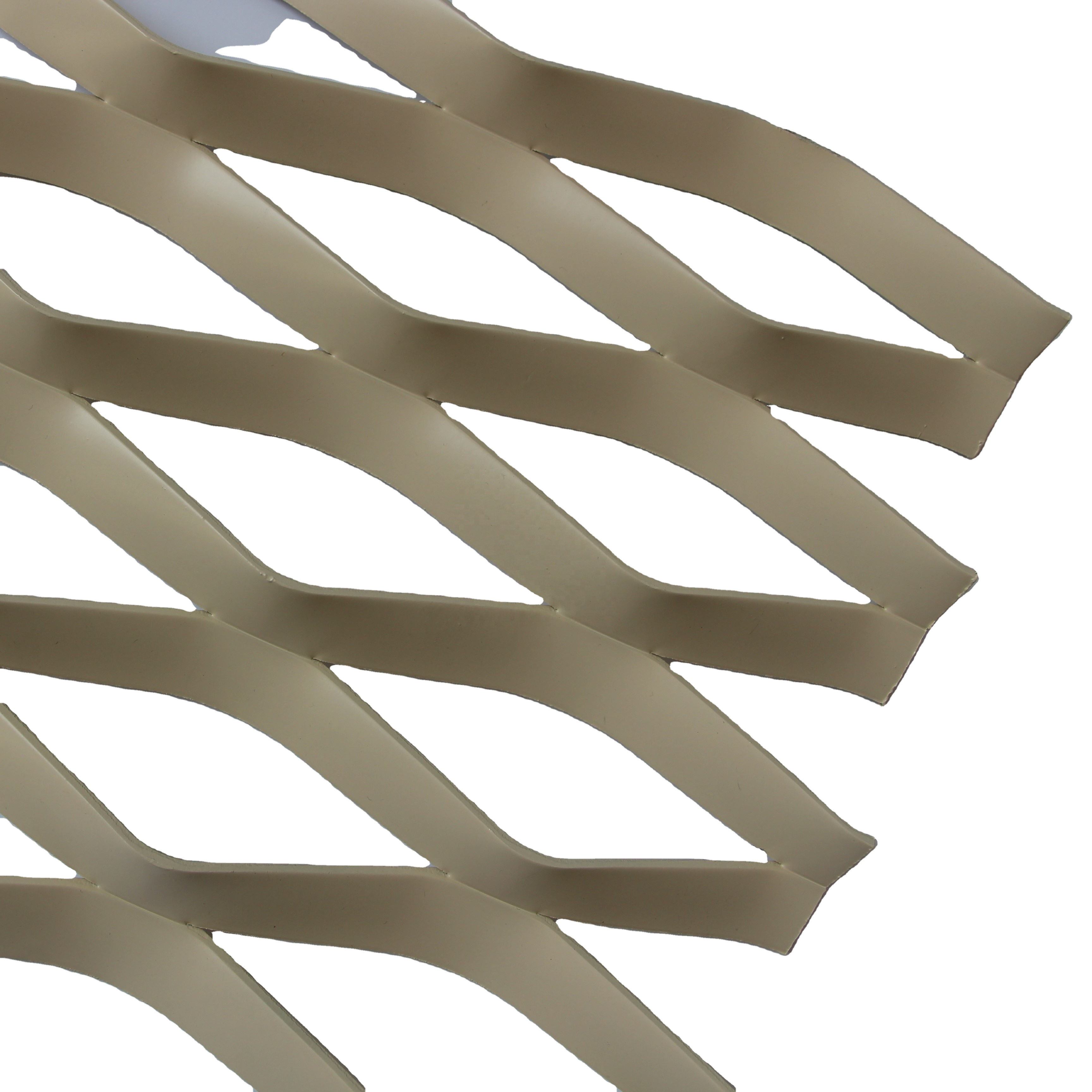The production process of punched steel mesh involves several key steps to ensure the quality and functionality of the final product.
The first step in the production process is to select high-quality steel plates. These sheets are typically made from carbon steel, stainless steel, or aluminum and come in a variety of thicknesses and sizes. The material selected must be able to withstand the piercing process and meet the specific requirements of the intended application.
Once the steel plates are selected, they are fed into a punching machine. The machine uses a series of punches and dies to create the desired pattern of holes in the steel plate. Hole size, shape and spacing can be customized to meet the customer’s precise specifications. This step requires precision and expertise to ensure that the perforations are even and consistent throughout the sheet.
Once perforated, the steel plate can undergo additional processing such as leveling, leveling or cutting to obtain the desired size and flatness. This ensures that the perforated steel mesh meets the tolerances and specifications required for its intended use.
The next step in the production process is surface treatment. Depending on the application, perforated steel mesh may be galvanized, powder coated, or painted to enhance its corrosion resistance and aesthetics.
Finally, the finished perforated steel mesh is inspected for quality and consistency before being packed and shipped to the customer.
To sum up, the production process of punched steel mesh involves careful material selection, precision punching, additional processing, surface treatment and quality control. This ensures that the final product meets the specific requirements of its intended application, whether it is for architectural, industrial or decorative purposes.

Post time: Apr-01-2024

